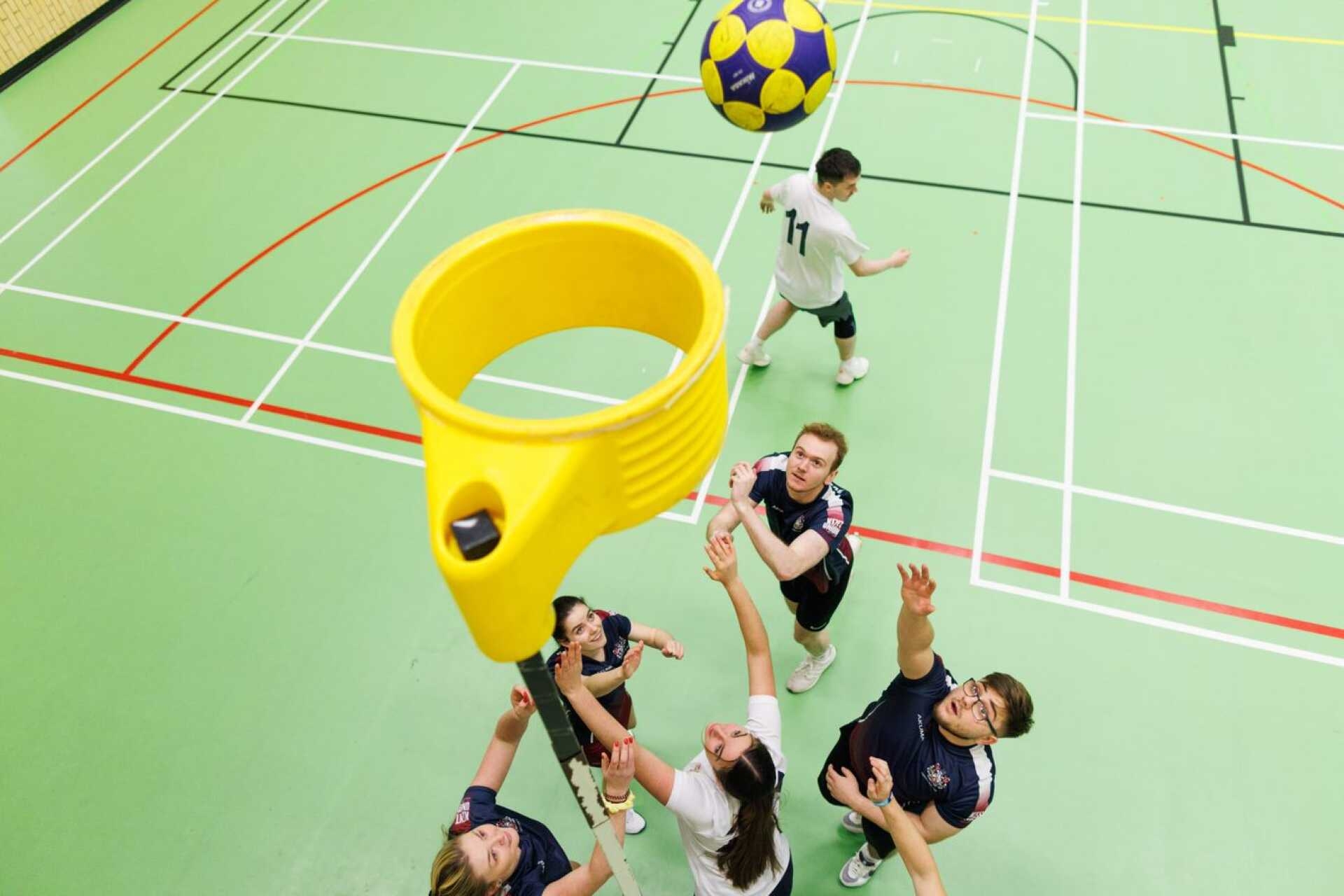Discovering Korfball: The Unique Sport of Equality and Strategy

Discovering Korfball: The Unique Sport of Equality and Strategy
In the realm of lesser-known sports lies korfball, a dynamic and inclusive game that combines elements of basketball, netball, and handball. Originating in the Netherlands in the early 20th century, korfball has steadily gained popularity worldwide for its emphasis on teamwork, strategy, and gender equality. Let’s delve into what makes korfball a fascinating and distinctive sport.
Origins and Development
Korfball was invented in 1902 by Nico Broekhuysen, a Dutch school teacher who sought to create a sport that could be played by both men and women on equal footing. The game quickly spread throughout the Netherlands and gained a following in other European countries. Today, it is governed by the International Korfball Federation (IKF), with national associations promoting the sport globally.
Gameplay Dynamics
At its core, korfball is played between two teams of eight players (four men and four women), who aim to score goals by throwing a ball through a korf (a basket with no bottom). Similar to basketball, players cannot run with the ball and must pass to teammates to advance towards the opposing korf. One distinctive rule is that defenders must be of the same gender as the attacker they are marking, promoting strategic matchups and equal participation.
The game emphasizes quick passing, agility, and precise shooting, with each team aiming to outmaneuver their opponents through coordinated attacks and solid defense. Korfball’s unique mixed-gender format fosters cooperation and mutual respect among players, setting it apart from more traditional sports with segregated teams.
Values of Equality and Inclusivity
One of korfball’s defining features is its commitment to gender equality. By mandating equal representation on the court, regardless of gender, korfball promotes inclusivity and challenges stereotypes about sports typically dominated by one gender. This ethos not only enhances the game’s appeal but also aligns with broader societal goals of promoting diversity and fairness in all aspects of life.
Global Spread and Community
While korfball remains most popular in Europe, particularly in the Netherlands and Belgium, its reach is expanding globally. National federations in countries like China, Australia, and South Africa are actively promoting and developing the sport, organizing tournaments and leagues that attract participants of all ages and backgrounds. International competitions, such as the World Korfball Championship and the World Games, showcase the skill and passion of korfball athletes on a global stage.
Benefits Beyond the Game
Beyond its competitive aspects, korfball offers numerous benefits for participants. It promotes cardiovascular fitness, agility, and hand-eye coordination while encouraging teamwork and communication skills. The mixed-gender format fosters mutual respect and understanding among players, reinforcing values of cooperation and sportsmanship.
Conclusion
In conclusion, korfball stands out not only as a unique and exciting sport but also as a champion of equality and inclusivity. With its origins rooted in progressive ideals of gender equality and fair play, korfball continues to captivate players and fans worldwide. Whether played competitively or recreationally, korfball offers an enriching experience that celebrates teamwork, strategy, and mutual respect on and off the court.
As the sport continues to evolve and expand its global footprint, korfball remains a shining example of how sports can transcend cultural boundaries and promote values that resonate universally. Whether you’re familiar with korfball or discovering it for the first time, its blend of athleticism and principles makes it a sport worth celebrating and embracing for generations to come.
- Arts
- Business
- Computers
- Jeux
- Health
- Domicile
- Kids and Teens
- Argent
- News
- Recreation
- Reference
- Regional
- Science
- Shopping
- Society
- Sports
- Бизнес
- Деньги
- Дом
- Досуг
- Здоровье
- Игры
- Искусство
- Источники информации
- Компьютеры
- Наука
- Новости и СМИ
- Общество
- Покупки
- Спорт
- Страны и регионы
- World


